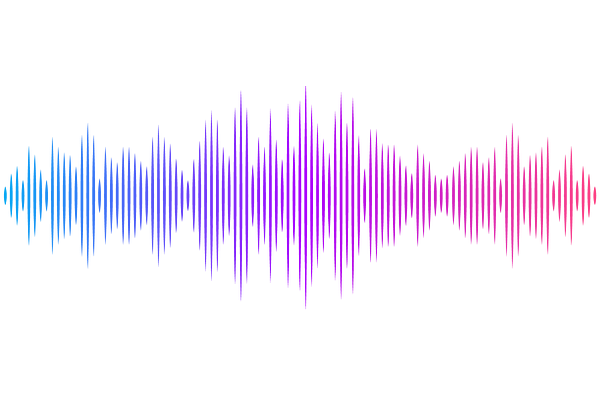Light deflection in unified gravity and measurable deviation from general relativity

Light deflection in unified gravity and measurable deviation from general relativity
Mikko Partanen, Jukka Tulkki
AbstractLight, though massless, does not travel in a perfectly straight line when it passes near a massive object. Instead, it follows the curvature of spacetime - a phenomenon predicted by Einstein's general theory of relativity. This effect, known as gravitational lensing, occurs because massive bodies like stars, galaxies, or black holes distort the fabric of spacetime around them, bending the path of light much like a lens bends rays in optics. In this work, we study gravitational lensing using the gauge theory of unified gravity [Rep. Prog. Phys. 88, 057802 (2025)] based on four one-dimensional unitary gauge symmetries and formulated as a quantum field theory in the Minkowski spacetime extending the Standard Model to include gravity. The dynamical equation of light in unified gravity contains explicit coupling to the gravity gauge field whereas, in general relativity, gravitational coupling is only implicitly described through the metric. Despite this fundamental difference, unified gravity can be used to calculate the curved metric of the locally measurable spacetime and to obtain the observable deflection of light near astrophysical objects. Without a single free parameter, perfect agreement between unified gravity and general relativity is obtained for the deflection angle of light in the first power of the gravitational constant. However, the second-order contribution to the deflection angle reveals a measurable relative difference of $1/15\approx6.7$% between the predictions of unified gravity and general relativity. Therefore, detailed observations of gravitational lensing or gravitational wave data are expected to enable experimentally differentiating between the two theories in the near future, thus revealing the profound symmetry principles of the Universe.